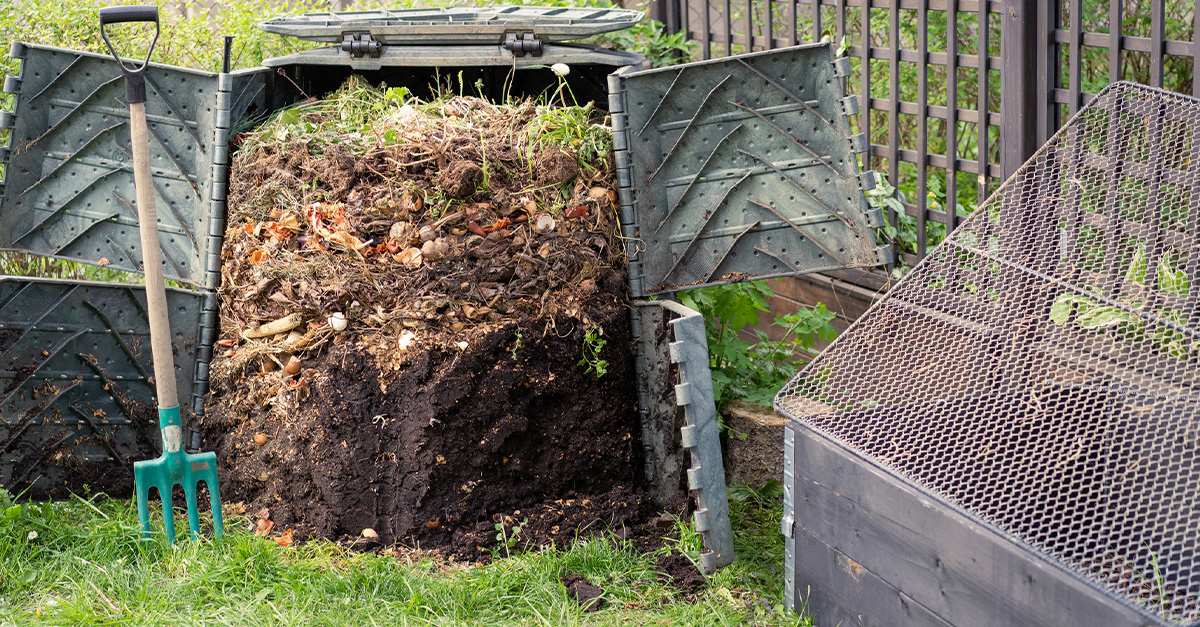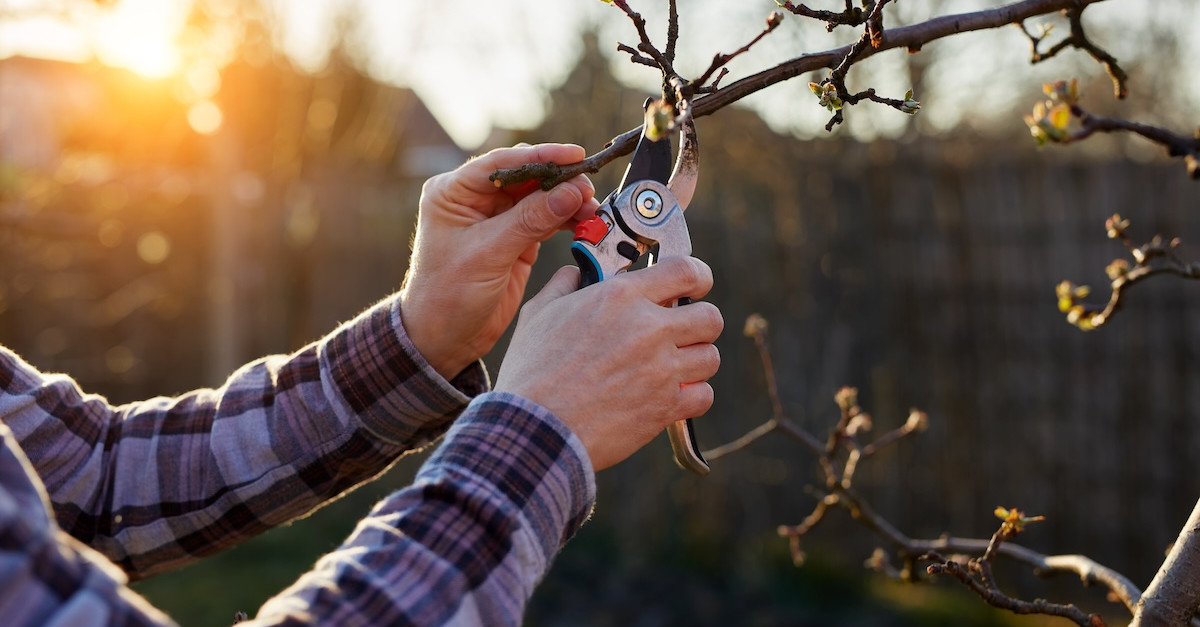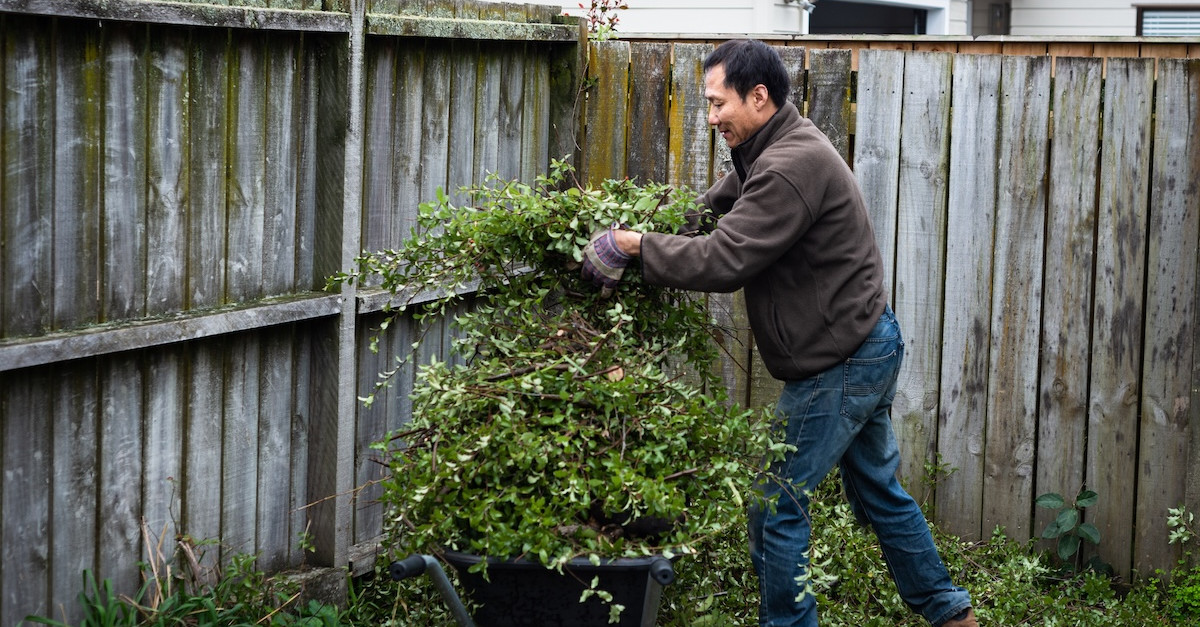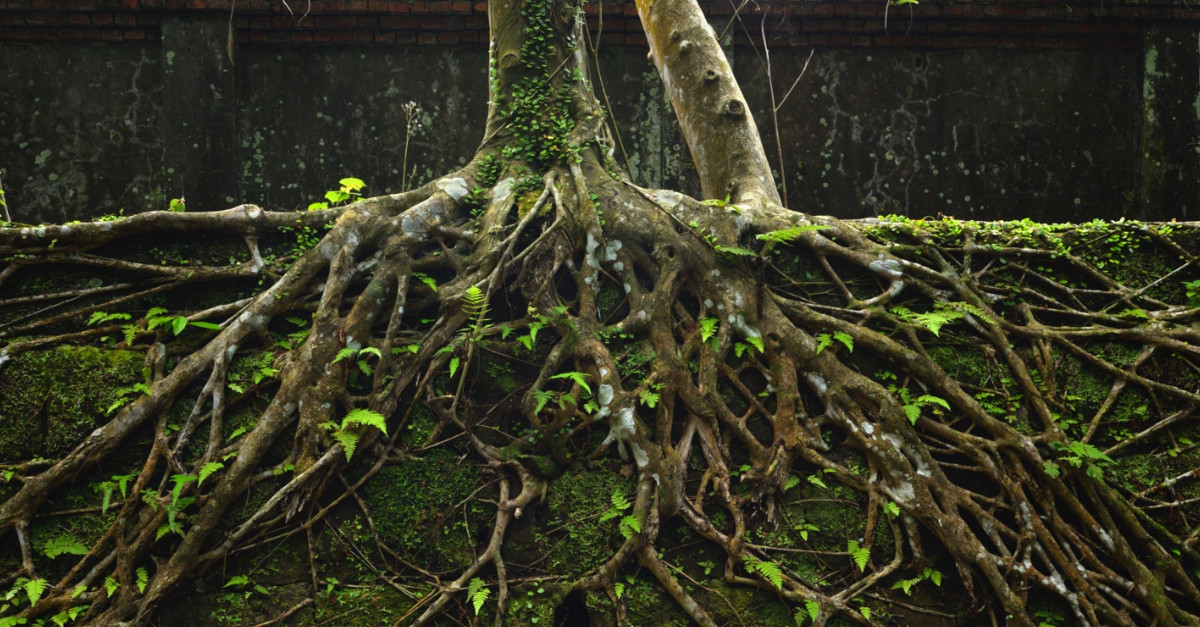The Dos and Don’ts of Composting Your Trees
Whether you have a small sapling that succumbed to a storm or you’ve had a large problem tree removed from your property, there’s almost always a way to repurpose bark, leaves, and branches from a tree that’s no longer thriving in your yard. One practical option for reusing a tree that has been removed or uprooted is to turn it into compost: an all-natural fertilizer that can nourish your healthy foliage. Let’s explore the ins and outs of this sustainable practice to give your trees a second life.
How to Compost Trees: Best Practices to Follow and Avoid
Don’t: Pick the wrong tree type.
There are countless plants that can enrich your soil when turned into compost, but a handful of species should be avoided.
What tree leaves should not be composted? Here’s a quick list:
- Black walnut: This species secretes a chemical called juglone, which can hinder plant growth as it breaks down into the soil.
- Poison ivy, oak, or sumac: Urushiol, the oil that fuels these notorious irritants, can remain active even after these leaves decompose. It’s best to remove these plants from your property completely (while fully covered in protective gear), then bag it up for disposal.
- Oak, holly, and beech: While you don’t have to avoid these species altogether, know that their leaves are rich in lignin, an organic polymer that can slow the decomposition process. If you choose to include them, do so sparingly if you want your compost to be ready by next planting season.
Do: Break it down.
The purpose of composting is to break down organic materials to create sustenance for your garden, flower bed, trees, or shrubs. To expedite the process, you’ll want to start with small pieces —twigs will break down more quickly than trunks, for example. If you’re working with a large tree, professionally processing it through a wood chipper might be the most efficient method to turn it into useful compost material. Smaller stems, branches, and leaves can often be broken down manually using shears, axes, or even gloved hands.
Do: Mix it up.
There’s a scientific approach to creating an effective compost pile. It calls for the right a balance of:
- Carbon-rich, “brown” materials, such as untreated wood chips, dry leaves, and twigs.
- Nitrogen-rich “green” materials, like scraps of fruits and vegetables, coffee grounds, egg shells, and grass clippings. (But make sure to avoid other animal products such as cheese or meat bones.)
Your pile should comprise a four- to six-inch layer of browns at the base to absorb moisture. Then, add a combination of browns and greens, making sure you have at least twice as much brown material as green scraps. Cover each new layer of green content with four to eight more inches of brown material.
Don’t: Neglect your pile.
Oxygen is essential to the decomposition process, so you’ll need to introduce air by turning your pile from time to time. The rule of thumb is to move things around every three to four days. Set up a reminder to come back and turn the materials using a pitchfork, shovel, or any other gardening tool you have handy in order to facilitate healthy oxygen flow.
Do: Check the moisture levels.
A compost pile that’s too dry won’t decompose. The pile should be damp but not sodden—similar to the consistency of a wrung-out sponge. If it’s on the dry side, add in some freshly cut grass or other damp greens, or water it lightly to reach your target moisture level.
Schedule a Consultation With Premier Tree Solutions
While composting is an excellent do-it-yourself gardening project, trimming mature trees is safest when handled by our experts. From precise pruning to efficient removals, our tree care services can keep your property well-maintained through every season. Message us online or call us at 404.252.6448 to set up an estimate.










